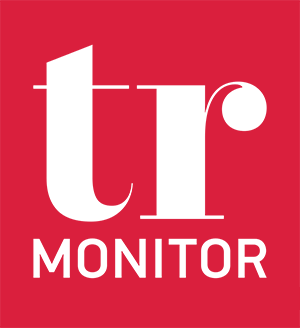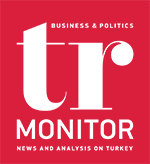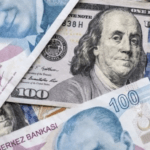The difference between the Consumer Price Index (CPI) and the Domestic Producer Price Index (D-PPI), which in parallel until 2017, significantly increased during the Pastor Brunson crisis in 2018. As a result of the crisis, D-PPI exceeded 7.4% CPI, then declined to 3% in 2019.
The difference between CPI and D-PPI exceeded 10% for the first time in 2020, when D-PPI was 12.57% higher than CPI. D-PPI, the average of which was 100 in 2003, reached 780.45 in October 2021. However, CPI, which had same average (100) in 2003, stood at 584.32 last month. D-PPI has surpassed CPI by 33.57% as of October. In other words, there is a difference of one-third between D-PPI and CPI. The acceleration of D-PPI has not stopped. If the program to fight inflation using the foreign exchange rate hike continues, further increase is inevitable. Annual D-PPI may exceed 50% soon. As long as D-PPI increases, CPI will not decline. The D-PPI and CPI difference, which reached one-third will be reflected on CPI. Accordingly, CPI will continue to rise. The weight of the automobile in CPI is 7.20%. Prices couldn’t be collected in October because new passenger car production and sales were interrupted due to the chip crisis. CPI is sure to significantly surge, as a high price hike will be added to the prices paid in the first month after October. If automobile prices, for instance, rise by 25%, the reflection of this on inflation will be 1.75 points that month.











